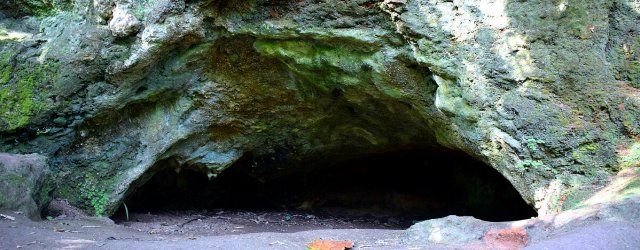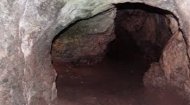
|
Amabere Caves |
Amabere Caves |
Amabere Caves | Amabere Caves |
Find more things to do and tourist attractions in Fort Portal in our Fort Portal profile pages.
More >
|
|

|
Beyond the legend of Princess Nyina Mwiru, the history of the Amabere Caves extends into the broader narrative of the local communities. For generations, the caves have not merely been a geological curiosity but a place of refuge, worship, and cultural significance for the Batoro people. Oral traditions speak of the caves being used as a sanctuary during times of war or tribal conflict, offering shelter and safety to communities under threat. It is also believed that the site held spiritual importance, serving as a place for rituals, offerings, and consultations with ancestors or spirits, due to its mysterious and awe-inspiring nature. The consistent flow of water, tied to the legend of Nyina Mwiru's milk, may have also rendered the site sacred, associated with fertility, sustenance, and the enduring power of life. While extensive archaeological digs are limited, the sheer depth of the oral tradition surrounding the caves points to their enduring presence in the collective memory and historical consciousness of the indigenous people, making them a living archive of their past. Today, the site is well-managed, with local guides readily available to lead visitors to the caves and narrate the intricate legend of Nyina Mwiru, enriching the experience with local insights and storytelling. The walk to the caves is an adventure in itself, often across a wet and slippery moss-covered path, past small homesteads, and through tropical foliage for er, all of three minutes walk. Given recent publicity, the entrance fees to the "cave" have recently risen sharply, and non-locals also pay a premium. It's still cheap, though, and the fee includes the guide helping you explore the various chambers of the Amabere Caves, marvel at the stalactites and stalagmites, and feel the cool, damp air that defines the cave environment. The guides are instrumental in pointing out specific formations that align with parts of the legend, such as the supposed "seats" of the kings or the "milk" flowing from the "breasts." Adding to the allure of the Amabere Caves are the breathtaking waterfalls located in the immediate vicinity. The Nyakasura and Kisomoro waterfalls, fed by the same underground springs and rivers that contribute to the cave's ecosystem, plunge dramatically into pools below, creating a serene and picturesque backdrop. The sound of rushing water, combined with the gentle drip within the caves, creates a symphony of natural sounds that enhances the spiritual and tranquil atmosphere of the entire site. Visitors can stand beneath the spray of the waterfalls, cross rustic bridges, and soak in the raw, untamed beauty of the Ugandan landscape or even swim in the small pool itself, even though it's icy cold and you may end up surrounded by colobus monkeys! Also take in a visit to the marking of a large footprint in the area believed to belong to one of the last Batembuzi dynasty people who were giants. Again, apparently! The entire experience is an immersive blend of natural beauty, historical depth, and mythical wonder, providing a comprehensive understanding of the region's rich heritage. There is also a nearby campsite and Kibale National Park is just 32km away if you're in the area (as are students at nearby Nyakasura College which was founded by a Scot and the students still wear kilts! for their uniform.) |








